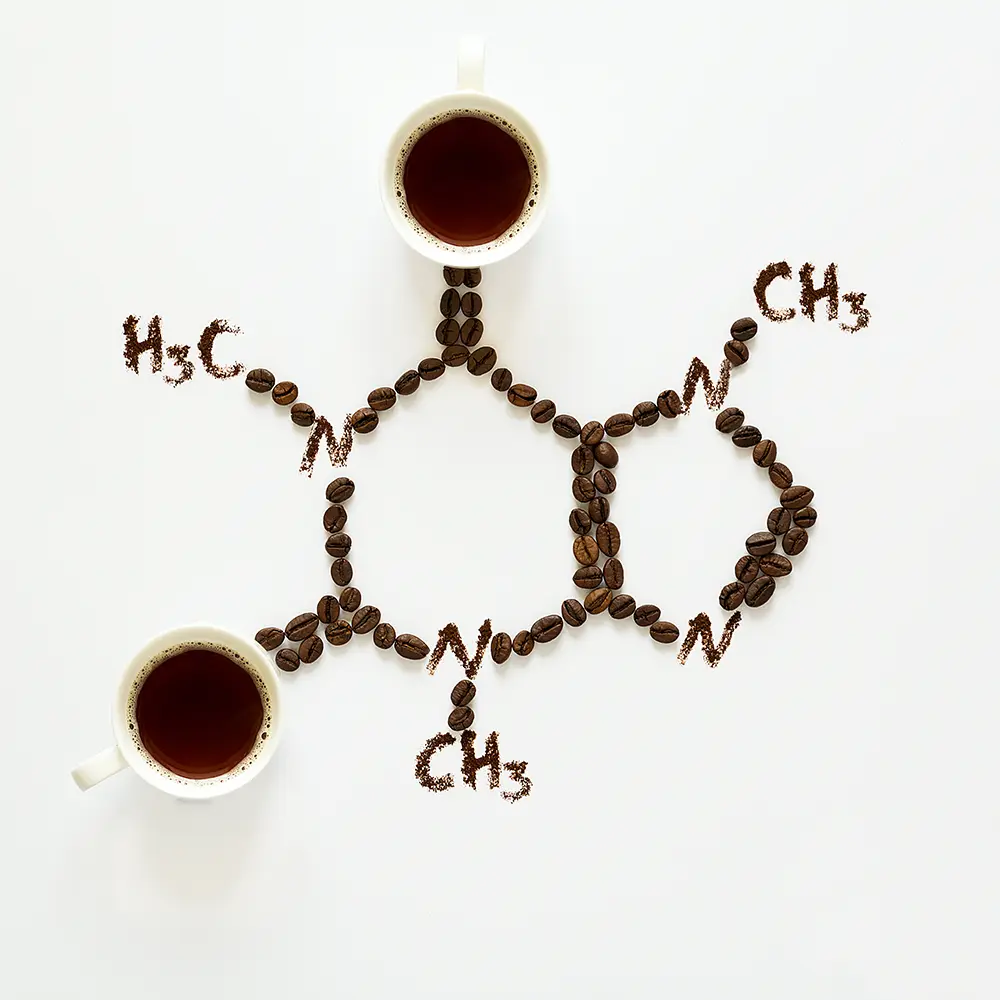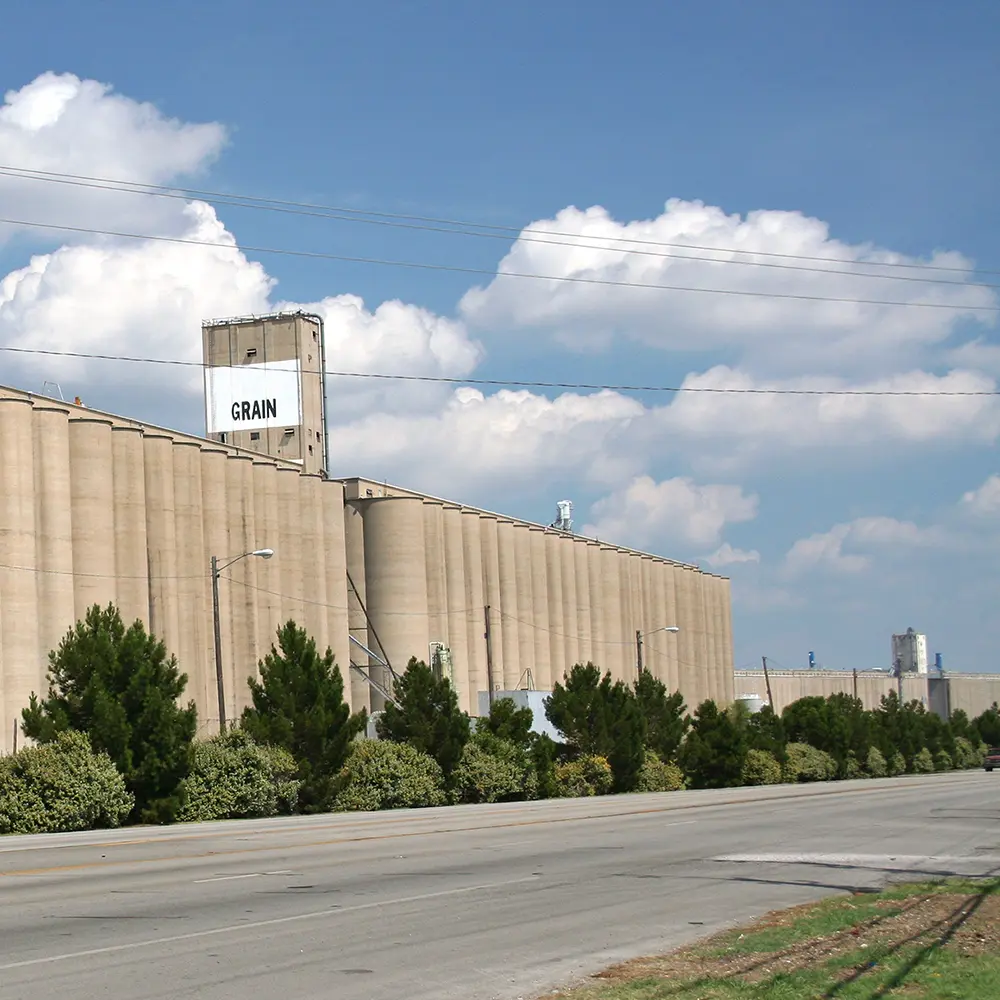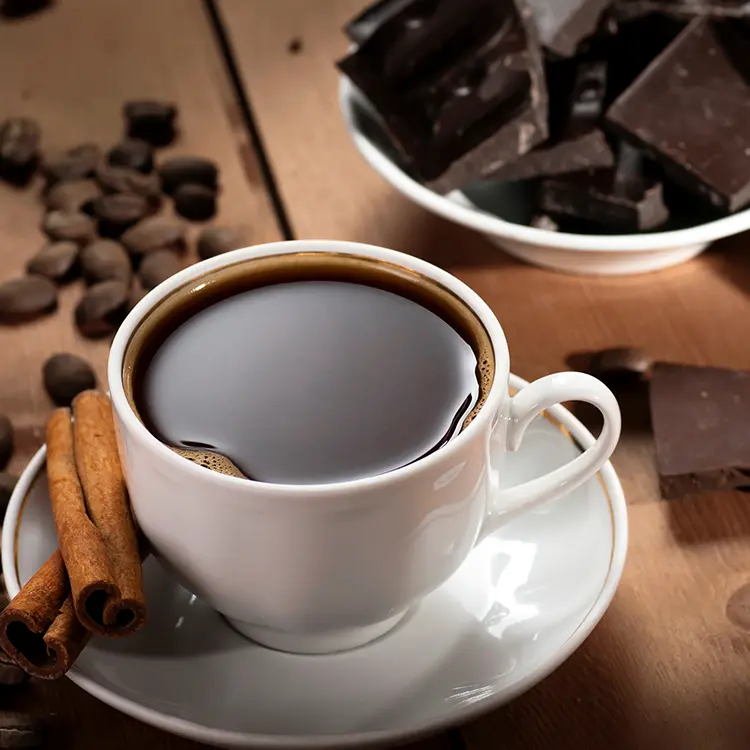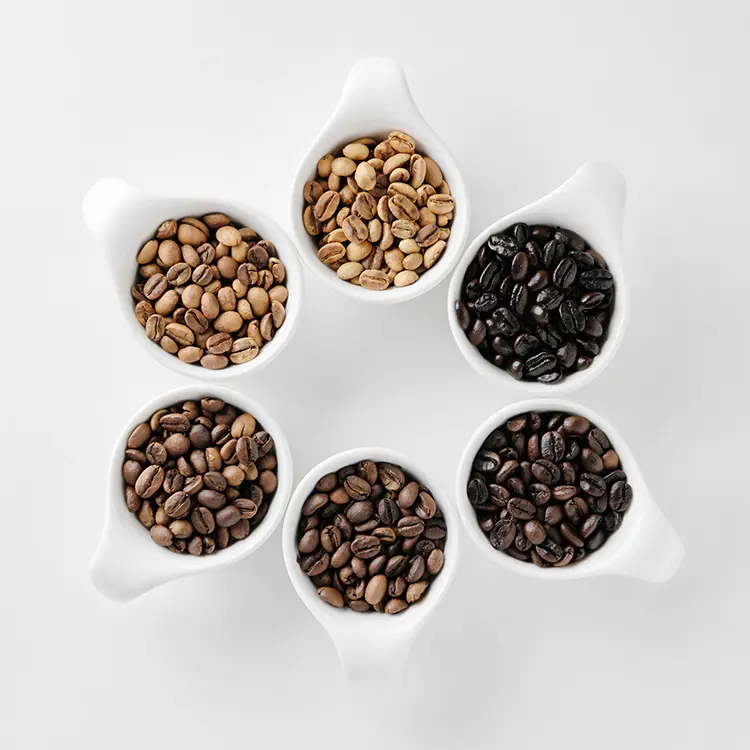
For many, coffee is more than just a daily ritual—it’s a passion, a craft, and even a science. While the act of brewing coffee might seem simple on the surface, the complexity of what’s happening inside your cup is nothing short of fascinating. Understanding the science of coffee can elevate your brewing skills, allowing you to create a more consistent, flavorful cup every time. Let’s explore the key scientific principles behind your coffee, touching on essential topics like coffee chemistry, extraction, acidity, roasting, water quality, and the influence of terroir.
Coffee Chemistry: What’s in Your Cup?
The magic of coffee lies in its chemistry. When we brew coffee, we’re essentially conducting a complex extraction process that pulls out hundreds of compounds from the coffee grounds into the water. These compounds include acids, sugars, lipids, and volatile aroma molecules, all of which contribute to the coffee’s flavor, body, and aroma.
One of the most important chemical reactions in coffee is the Maillard reaction, which occurs during roasting. This reaction between amino acids and sugars is responsible for the development of rich flavors like caramel, chocolate, and toast. Another key component is caffeine, a stimulant that’s naturally found in coffee beans and contributes to the beverage's stimulating effects.
Understanding these compounds and how they interact is crucial for mastering the art of coffee brewing. The balance of acids, the presence of lipids, and the concentration of volatile compounds all influence the final flavor profile of your coffee.
The Art and Science of Coffee Extraction
Extraction is where the magic of brewing happens. When water meets coffee grounds, it dissolves the soluble compounds within them, creating the beverage we know and love. But achieving the perfect extraction is a delicate balance—too much or too little, and your coffee can end up bitter, sour, or weak.
The key factors in coffee extraction include grind size, water temperature, brew time, and coffee-to-water ratio. Each of these variables can significantly impact the extraction process, determining which compounds are drawn out of the coffee and in what proportions. For example, a finer grind increases the surface area, leading to faster extraction, while a coarser grind slows it down.
Understanding how to control these variables allows you to fine-tune your brew to achieve the perfect balance of flavors. This is the essence of the science behind coffee brewing—transforming raw ingredients into a carefully crafted cup.
Understanding Coffee Acidity and pH
Acidity is one of the most important and often misunderstood components of coffee. It gives coffee its brightness and liveliness, contributing to the overall complexity of the flavor profile. In coffee, acidity refers to the presence of organic acids such as citric, malic, and tartaric acids, which develop during the growth and roasting of the coffee beans.
The pH of coffee, which measures its acidity on a scale, typically ranges between 4.85 and 5.10, making it slightly acidic. However, this level of acidity is what gives coffee its characteristic sharpness and fruity notes, particularly in lighter roasts.
Balancing acidity is key to creating a well-rounded cup of coffee. Too much acidity can make coffee taste sour, while too little can make it taste flat. By understanding the role of acidity, you can better appreciate the nuances of different coffee beans and roast levels.
The Role of Water in Coffee Brewing
Water is often overlooked, but it’s one of the most essential elements in coffee brewing. After all, coffee is about 98% water, so the quality of your water has a significant impact on the taste of your coffee. The mineral content, pH, and temperature of the water all influence extraction.
Ideal brewing water should have a balanced mineral content—too many minerals, and the water can overpower the coffee’s flavors; too few, and it can under-extract, leading to a weak brew. The temperature of the water is also vital, as it affects the solubility of the coffee compounds. Typically, the optimal brewing temperature is between 195°F and 205°F (90°C to 96°C).
Using filtered or bottled water with the right mineral balance can dramatically improve your coffee’s flavor, highlighting the importance of water in the science of coffee.
Terroir and Its Influence on Coffee Flavor
Terroir, a term borrowed from the wine industry, refers to the environmental factors that influence the characteristics of a coffee bean. These include the altitude, climate, soil composition, and even the specific practices of the coffee farmers. Terroir plays a crucial role in the development of a coffee’s flavor profile, contributing to the unique tastes associated with different coffee-growing regions.
For instance, Ethiopian coffees are often celebrated for their bright acidity and floral notes, thanks to the high altitudes and fertile soils of the region. In contrast, Brazilian coffees, grown at lower altitudes, tend to have a heavier body and chocolatey, nutty flavors.
Understanding terroir allows coffee drinkers to appreciate the diversity of coffee flavors and the conditions that produce them. It also highlights the importance of sourcing beans from regions known for their distinct qualities.
The Science of Coffee: Bringing It All Together
The science of coffee is a vast and fascinating field, encompassing everything from chemistry and physics to biology and environmental science. By understanding the scientific principles behind coffee—from the compounds in the beans to the process of extraction and the influence of terroir—you can elevate your coffee experience, making each cup a little more intentional and a lot more satisfying.










